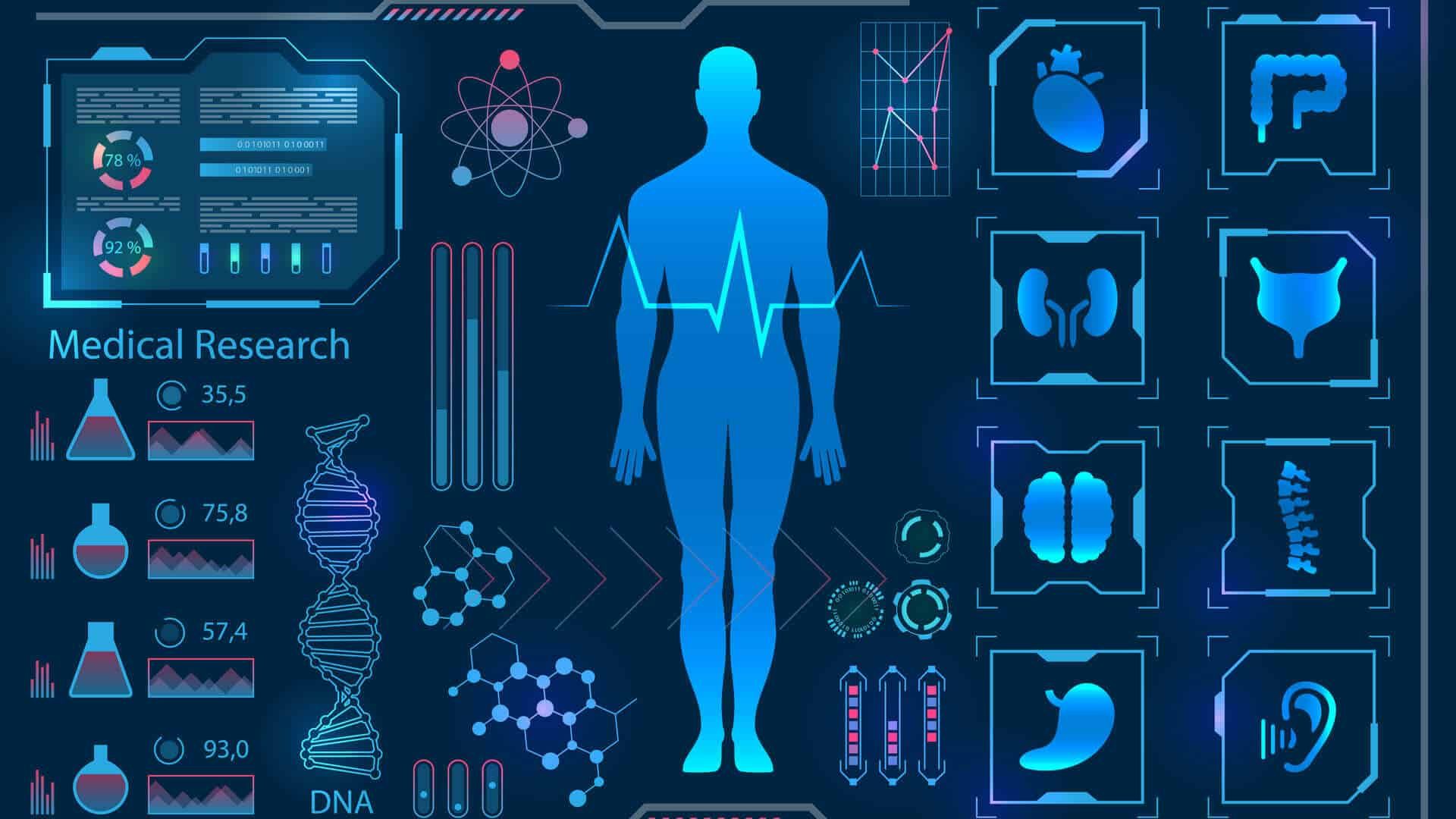The medical circle is abuzz with the benefits of Artificial Intelligence or AI for various healthcare procedures. Its use in the radiology circuit is being discussed quite rampantly and the FDA has also recently approved a number of AI-based medical solutions.
AI-based services are already being utilized by radiologists for detection of cancer, critical result reporting and in 3D post-processing. But how far can Artificial Intelligence be used in the field of radiology? Experts believe, it will significantly optimize the workflow and facilitate various radiological procedures.
Use of AI in Radiology
The use of Artificial Intelligence often referred to as machine or deep learning AI, can effectively change the way radiologists work. The hype around this subject is at its peak. It is also expected to bring forth revolutionary changes in the near future. Paul J. Chang, medical director of enterprise imaging at the University of Chicago feels it will certainly bring about a change in the way radiologists work. But, it is certainly not going to replace humans.
In a webinar organized by Society for Imaging Informatics in Medicine, Chang further clarifies that radiologists need help with technological innovations and AI can be of great help. It will improve efficiency and help cut costs to a certain extent. But, he believes it is also essential to upgrade IT infrastructures before implementing AI into the workflow.
In Chang’s opinion, machine learning is neither a savior nor a great threat. It is more likely to be an appropriate technology which is going to be beneficial in the long run. It will help radiologists to improve their quality of work, add efficiency and add value to their jobs.

Is Radiology ready to implement AI?
Experts such as Chang is a strong believer in the benefits of Artificial Intelligence. But, he also goes on to state that current systems need to adapt to new technology to make the most of AI. He further cautions, if used inappropriately it might hurt radiologists instead of helping them. According to him, the service-oriented architecture employed at the University of Chicago can be used as a role model for changing the IT infrastructure and PACS.
This kind of architecture makes machines capable of communicating with each other. Humans no longer have to program these machines for optimum results. The changes expected in the coming times can be accommodated very well within such infrastructures and AI can be beneficially used in radiology.
The best way to prepare for Artificial Intelligence is not by preparing for machine learning, rather the focus should be on advanced IT infrastructure, concluded Chang. According to him, the future is all about big data, advancements in the field of information technology and institutions must be prepared to consume the big changes.
sepStream® is committed to offering its best services to all kinds of clients ranging from patients and doctors to hospitals. Our diagnostic imaging services are reliable and comprehensive, providing clients the best tools required to maximize savings. We offer expert EMR/RIS/PACS solutions at nominal rates and seek to obtain maximum customer satisfaction.